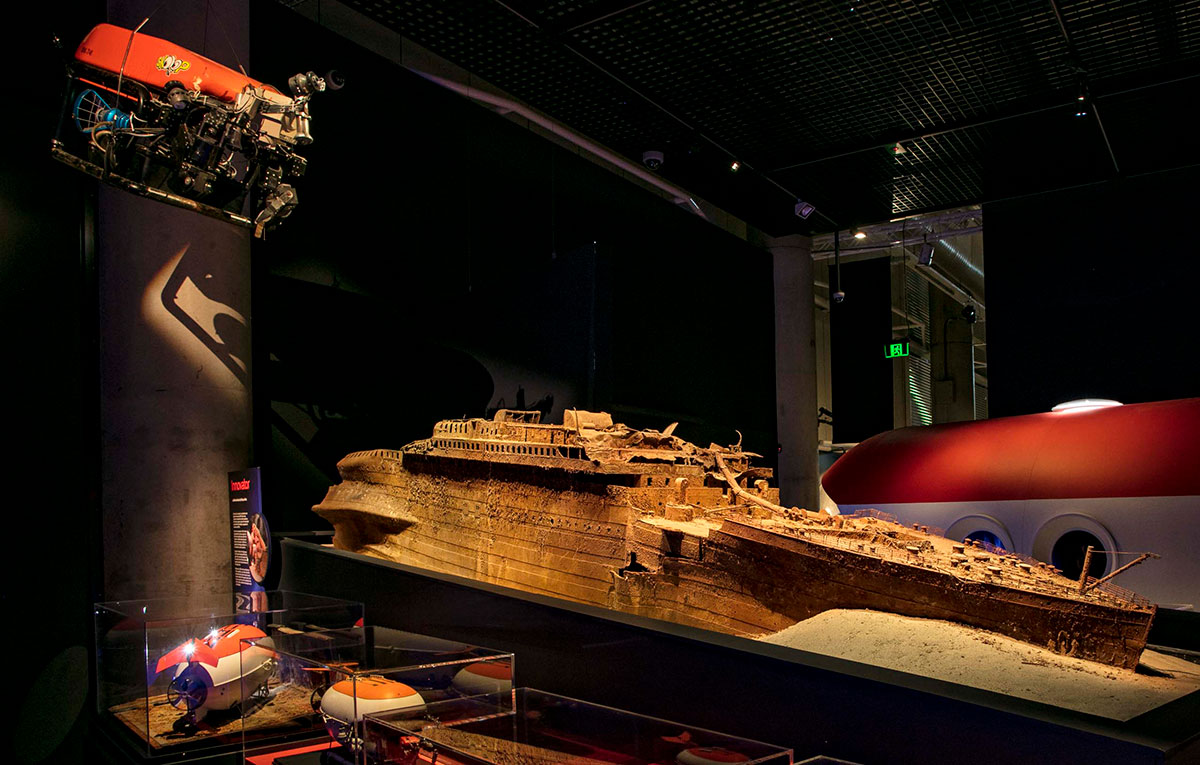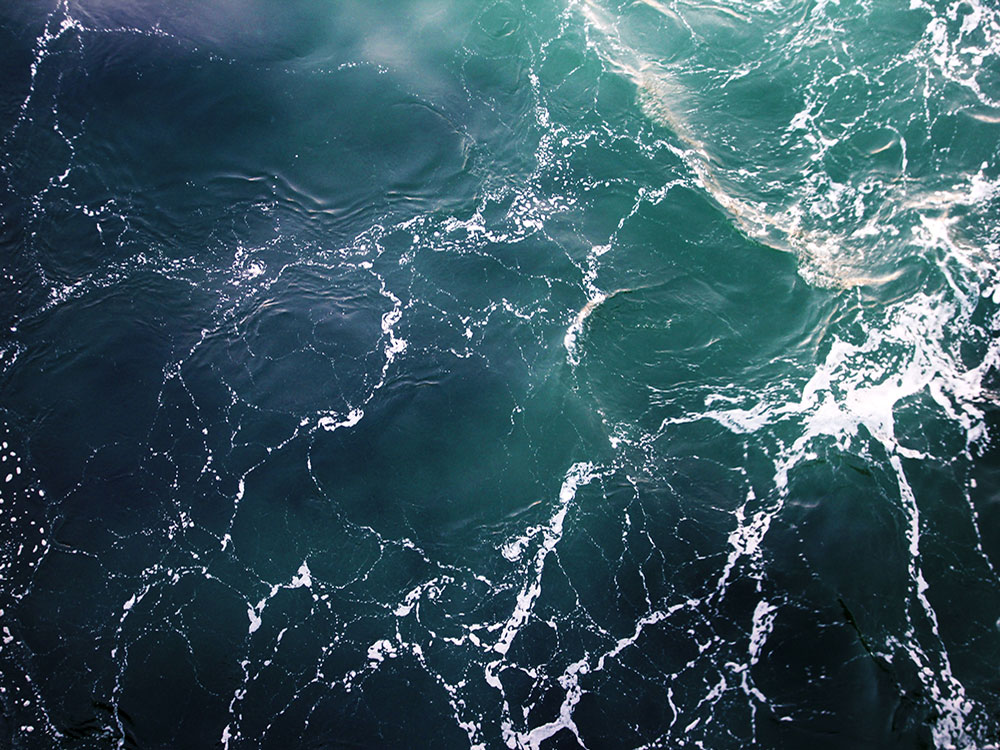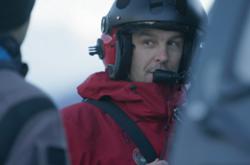A few weeks ago, when the story of the Titan submersible was dominating the news cycle, I had a strange experience, shared, probably, by a great many people around the world. As rescue operations scrambled and oxygen calculations dwindled, the reality of what might be taking place in the tiny, cramped submersible filled my thoughts.
I didn’t welcome those feelings. The sheer horror of the episode was almost unendurable, but even as I was actively trying to avoid reading or seeing news stories, my brain was serving up detailed imaginings of the final hours of the submersible’s inhabitants.
Empathy is a harsh mistress. Yes, it allows one to share other people’s experiences, foster compassion and ultimately lead to greater understanding. But there is a dark side to this kind of sharing. Namely, the terrors of the mind.
When news came that Titan had imploded, it offered a strange form of relief. At least the visions of people huddled in the dark, slowly suffocating, resided.
Until last week, that is, when, in Vancouver, Science World’s new exhibition James Cameron: Challenging the Deep opened to the public.
The show, which was developed by the Australian National Maritime Museum, is made of up two parts. The more compelling half places a rigorous emphasis on the science of undersea exploration.
The other part showcases James Cameron stuff, including costumes and props from his sea-based films like Titanic and The Abyss.
But for most folk, who know the filmmaker from his work in science fiction (The Terminator, Aliens, Avatar) it may be his work grounded in science fact that provides revelations.
Cameron’s fascination with undersea exploration long predates his filmmaking career. As a kid, he devised his own homemade jerry-rigged Bathysphere, made from a pickle jar and Lego. He has famously made 33 trips in a submersible to the resting place of the sunken Titanic.
After the fate of the Titan submersible came to light, Cameron was the go-to person for interviews and commentary about the safety of undersea exploration. His own approach to deep water expeditions is methodically careful, aided by some of the most capable technicians working in the field. A great many of the folks that contributed their expertise to the different deep-sea technologies are acknowledged in the show, with information about their different areas of specializations featured throughout the different installations.
Beyond his visits to the Titanic, Cameron has made deep ocean expeditions to other spots and has spent a lot of time documenting undersea life in all its myriad embellishments. His documentaries like Aliens of the Deep are in many ways more riveting than imagined narratives of mega-hits like Avatar: The Way of Water. Even the barest glimpse of a Humboldt squid or a species of jellyfish are wilder than the most outlandish science fiction creatures.
Really, who can make this stuff up? Witness scenes in the documentary of black smoker hydrothermal vents, crawling with undersea creatures, who take up residence next to the boiling cascades of super-heated water. It’s about as otherworldly as you can get without leaving the planet. Actual specimens are also included in the exhibition.

The moonscape-like deepest parts of the ocean is the focus of another film component in the exhibition. The Deepsea Challenger, a one-man submersible that took Cameron to the bottom of the Mariana Trench was designed and built by the filmmaker himself. Resembling a missile more than a submarine, it was able to withstand the eight tonnes per square inch pressure exerted 11 kilometres below the surface, but also to be functional enough to gather specimens and samples from the seafloor.
Footage of the interior of the craft in the exhibition, with Cameron curled up and surrounded by equipment, stood in stark contrast to the relatively spartan insides of the Titan submersible as an indicator of what can go wrong when one decides to dive to the bottom of the ocean using a video game controller. But even in situations where every contingency has been taken into consideration, things can still go horribly wrong.
Consider the stories that swirl about the plagued production of Cameron’s 1989 movie The Abyss. The director is said to have almost drowned his actors. He chose an abandoned nuclear power facility for his filming location because the site included two massive tanks — but complications including leaks, storms, technical mishaps and the threat of cast and crew getting the bends (decompression sickness) stretched the shoot to six months.
The demands of the production were so intense that many of the principal cast members refused to talk about the film once it was finished. None of this is apparent in the Science World exhibition that merely describes the various technical innovations and new forms of equipment that were developed in order to facilitate the requirements of the story.
Still, the exhibition contains hints that Cameron is perhaps not the easiest person to work with. It takes a singular personality to decide to head to the bottom of the ocean all by oneself. And an expansive profile in the Guardian about Cameron provides this view through the porthole:
“Cameron’s perfectionism, going so far as inventing the technology he needs if it doesn’t exist, is notable, although not unique among elite directors. Particularly in his younger days, he was deeply unpopular with his crews — 'You can’t scare me; I work for James Cameron' read a crew T-shirt on more than one of his films.”
So Cameron is something of an auteur maniac. You probably have to be one to capture the footage he’s accumulated over his many expeditions. The glimpses of his visitations to the wreck of the Titanic are particularly hard to resist. It’s almost impossible to remain unaffected by the sight of the ship’s bow, rising out of the sepulchral darkness. Even during the noisy opening of the Science World show, with loads of small children whizzing about, a dead silence fell over the assembled attendees when the footage of the great doomed ship hove into view.
Cameron’s technical abilities, including his role in engineering all those visits to the actual sunken Titanic before making his blockbuster are key to the film’s overwhelming success. But it’s the way the movie stirred our empathy that gave it so lasting an eerie power.
Empathy endures and can be summoned again and again, long after the actual, tragic, triggering event has faded. This is what draws filmmakers and other storytellers to disasters at sea. What slips beneath the surface churns waves of feeling — pathos, romanticism, mournful ruminations on fate.
The stories of the Titanic and Titan flood our minds with the same terrible question. What mysterious lottery decides who, this day, will be claimed by the silent, permanent depths?
‘James Cameron: Challenging the Deep’ is on display at Science World in Vancouver until Jan. 1, 2024. ![]()
Read more: Science + Tech

















Tyee Commenting Guidelines
Comments that violate guidelines risk being deleted, and violations may result in a temporary or permanent user ban. Maintain the spirit of good conversation to stay in the discussion and be patient with moderators. Comments are reviewed regularly but not in real time.
Do:
Do not: